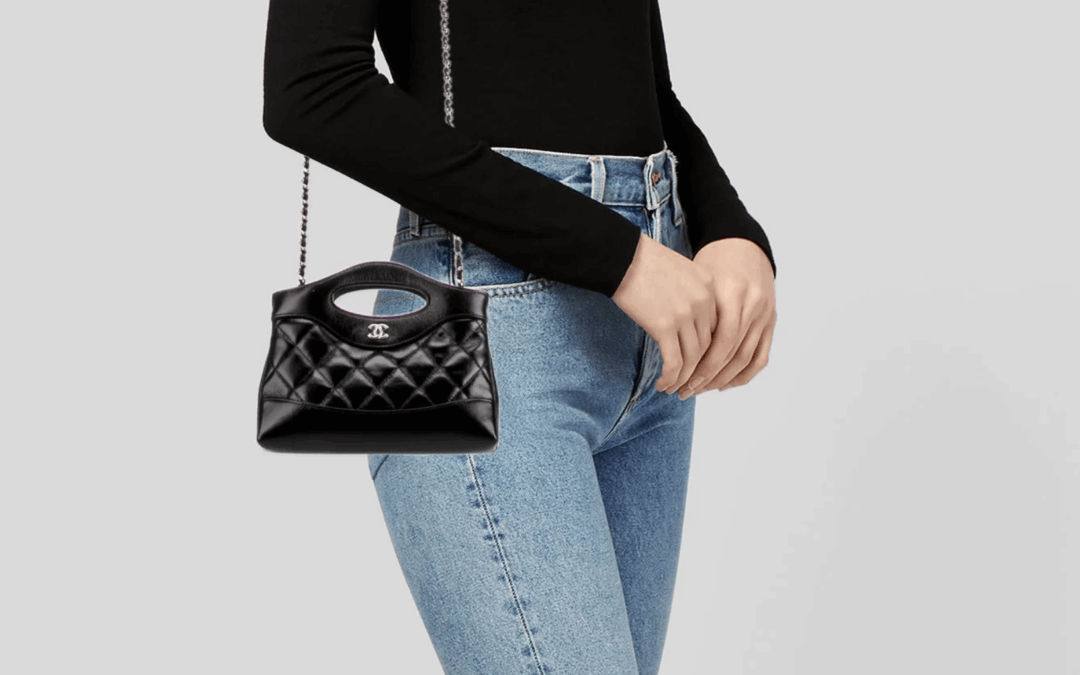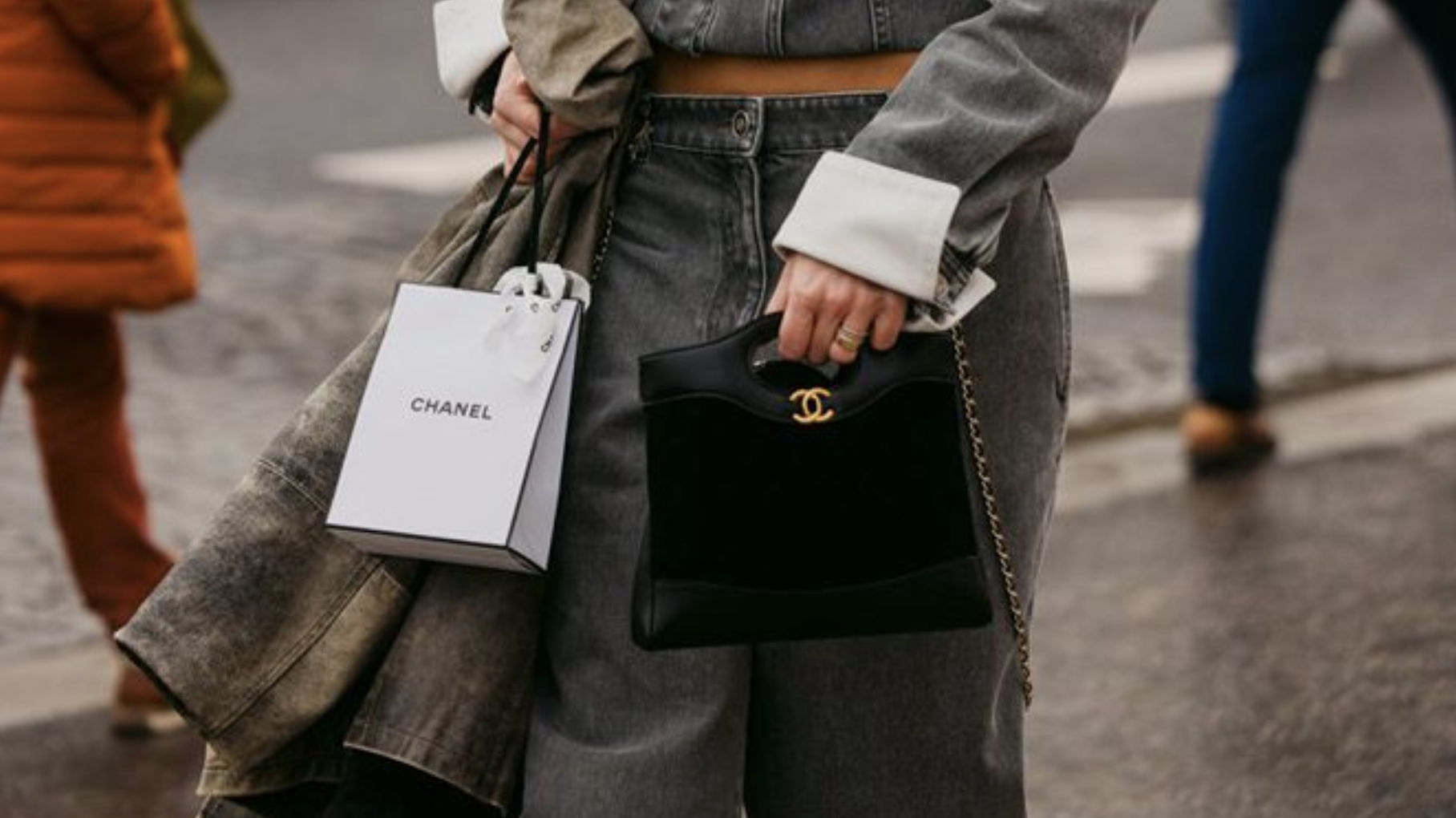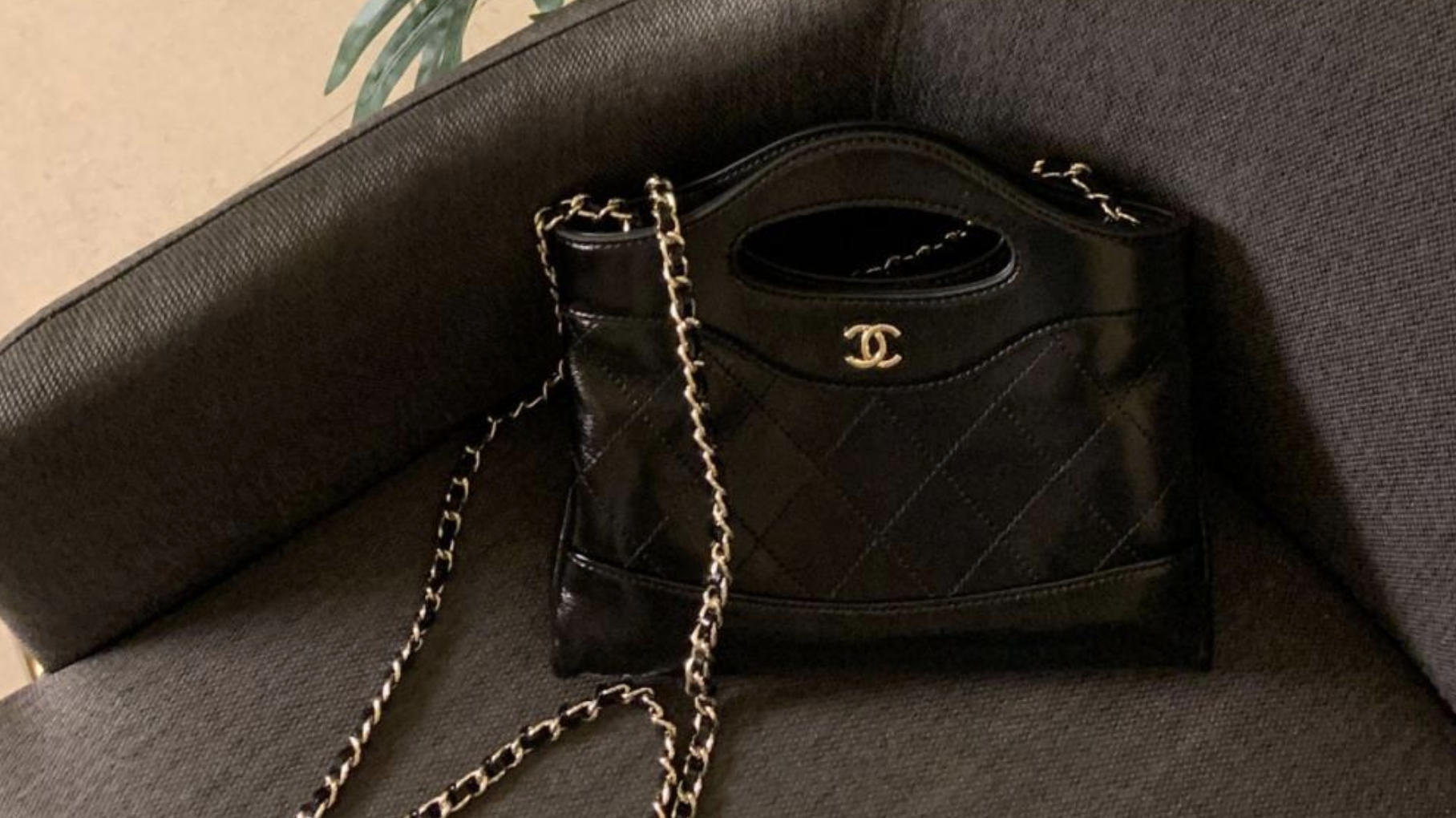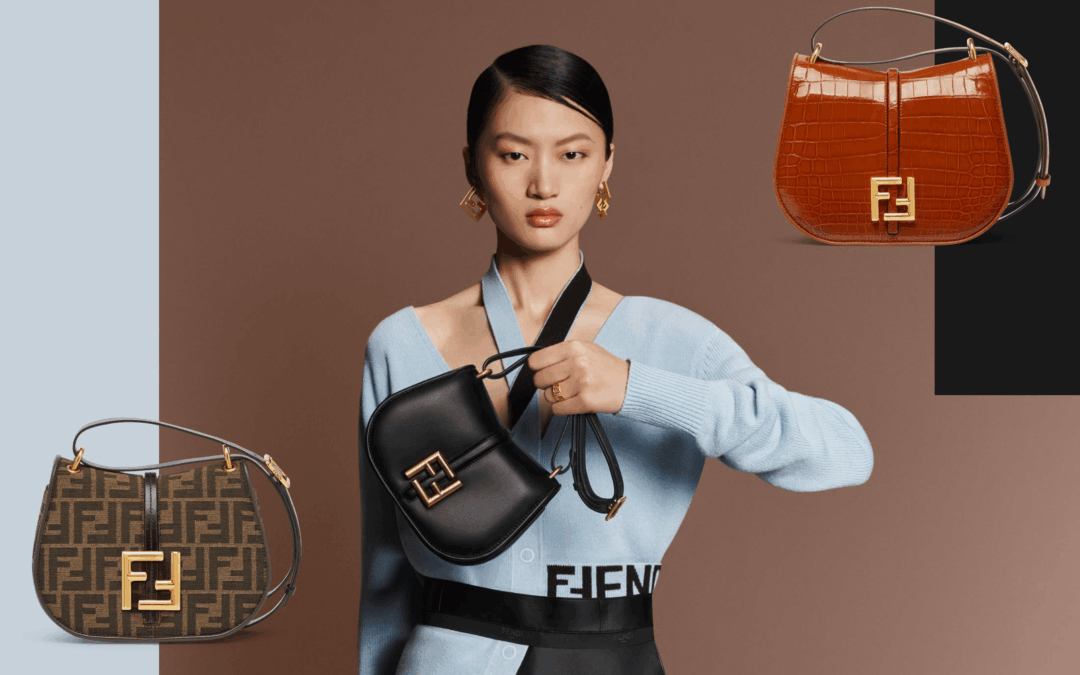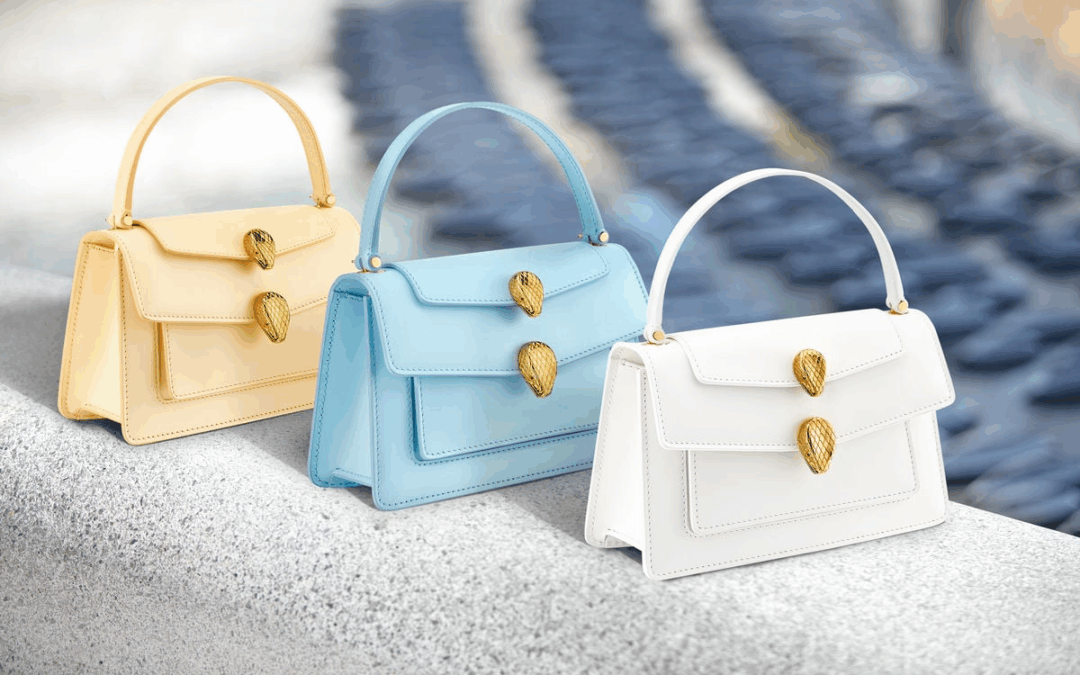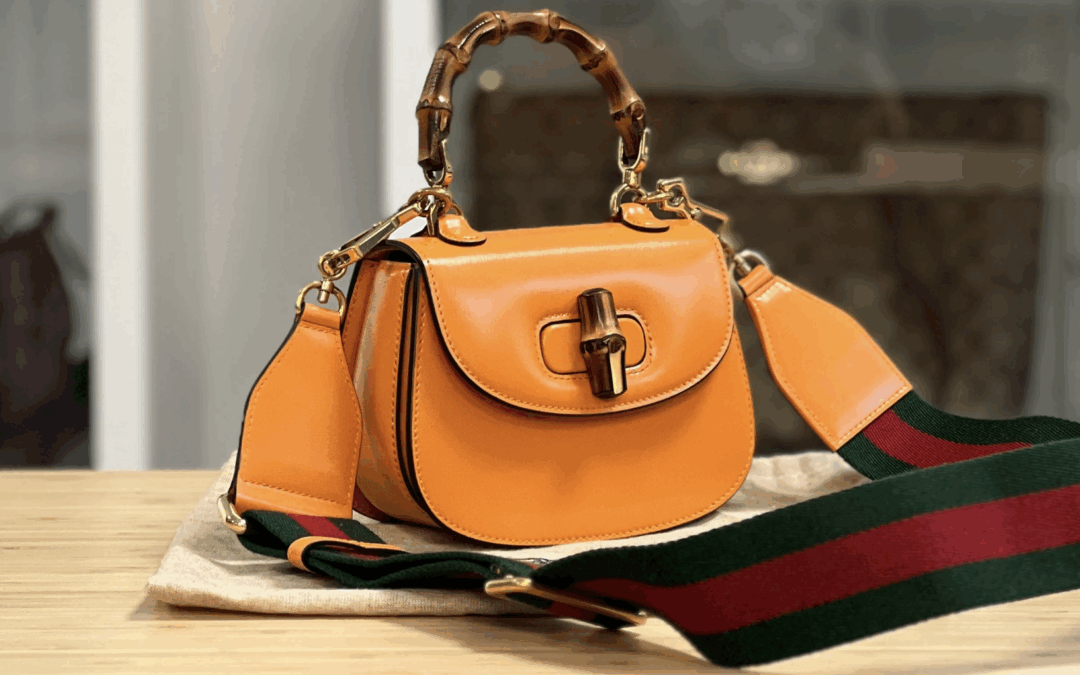
From Paris Hat Shop to Legal Powerhouse: CHANEL’s Evolution into a Trademark Titan

Style Companion
From Paris Hat Shop to Legal Powerhouse: CHANEL’s Evolution into a Trademark Titan
by Thea Elle | Sep., 16, 2025 | Couture Commentary
Coco Chanel launched her first boutique on Rue Cambon in 1910 with little more than talent and tenacity. She didn’t file trademarks; she didn’t need to. Fashion was a playground where copying was flattery and lawyers were scarce. Today, the story is reversed. The CHANEL name and those mirrored C’s are protected with military-grade vigilance. The same label that once upended conventions with boyish cuts and jersey fabric now polices handbag shapes and brand mentions. It’s the ultimate luxury paradox: the house that began as a free spirit has become fashion’s most formidable guardian
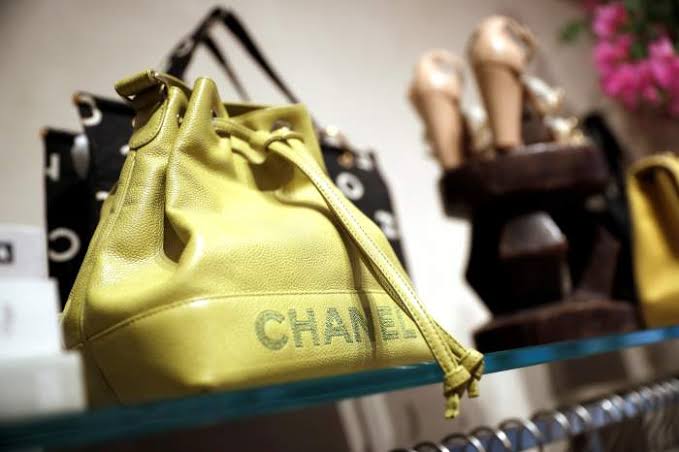
When Fashion Was a Free-for-All
Turn-of-the-century Paris was a hotbed of creative larceny. Sketches changed hands by candlelight, perfume formulas were shared like secrets at a salon, and the term “intellectual property” might as well have been a punchline. Gabrielle “Coco” Chanel entered the fray in 1910 with a small hat shop on Rue Cambon and an even bigger appetite for reinvention.
Her pared-down boaters and effortless jersey dresses were lightning rods in a city still drunk on Edwardian frills. Rivals copied freely, but Chanel stayed unbothered. For her, the true patent was poise. She trafficked in an attitude—ease, liberation, a sly rebellion—that no legal filing could capture. In a world where fashion was the public domain, Coco made originality feel inevitable.
The Perfume That Changed Everything
By 1921, Coco Chanel had conquered clothes, but it was a fragrance that would crown her empire. Partnering with perfumer Ernest Beaux, she unveiled CHANEL No. 5, a minimalist aldehydic blend that smelled like the future. The perfume’s instant popularity turned it into a global obsession—and a counterfeiter’s dream. Within months, fake No. 5s surfaced in Paris, London, and New York, some so shoddy they arrived in cloudy bottles with misspelled labels.
This time, imitation wasn’t charming; it was costly. Chanel recognized that her name, once protected only by mystique, required the weight of law. She hired lawyers, tightened contracts, and began trademarking with the zeal of a modern corporation. What started as an artistic collaboration became a lesson in brand defense, signaling the moment when Chanel’s house shifted from bohemian atelier to meticulously guarded luxury powerhouse.
The Modern-Day Trademark Empire
Today, CHANEL operates as a global stronghold of intellectual property. Its vast trademark portfolio shields everything from the mirrored Cs to its quilted textures and distinctive bag shapes. Launch a product that rhymes too closely with the brand’s aesthetic, and you’ll likely receive a sharply worded letter before the prototypes are finished. Fashion attorneys quip that CHANEL’s legal team works with the speed of a couture seamstress—fast, flawless, and unforgiving.
Compare that to 1910, when Coco Chanel opened her first shop in Paris, where designs were copied as freely as café gossip. The onetime rebel atelier is now the industry’s most watchful gatekeeper, proving that the ultimate luxury isn’t merely possession of beautiful things, but the legal might to decide who else can make them.

CHANEL N°5: 100 Years Young
Powerhouse of IP
Once upon a time, Chanel was the enfant terrible of Paris fashion, dismantling corsets and rewriting the dress code with a wink. Today, the house is a corporate heavyweight with an army of lawyers, ensuring no one borrows a shape, a scent, or even a shade too closely.
The journey is almost inevitable: a rebel becomes a ruler. The creative chaos that once defined Chanel now serves as the rationale for vigilance. In guarding every stitch, the brand secures not only its designs but the mythology that makes them priceless.
Legacy Built on Lockdown
From a ribbon-trimmed hat shop to a multibillion-dollar legal fortress, CHANEL’s path captures the broader truth of luxury: exclusivity must be defended as ruthlessly as it is imagined. Every trademark filing is both a weapon and a wink, signaling that the brand’s aura remains untouchable.
The trajectory feels inevitable. What starts in defiance often ends in defense. Coco’s spirit of rebellion set the spark, but it’s the fortress around her name that keeps the legend alive.
